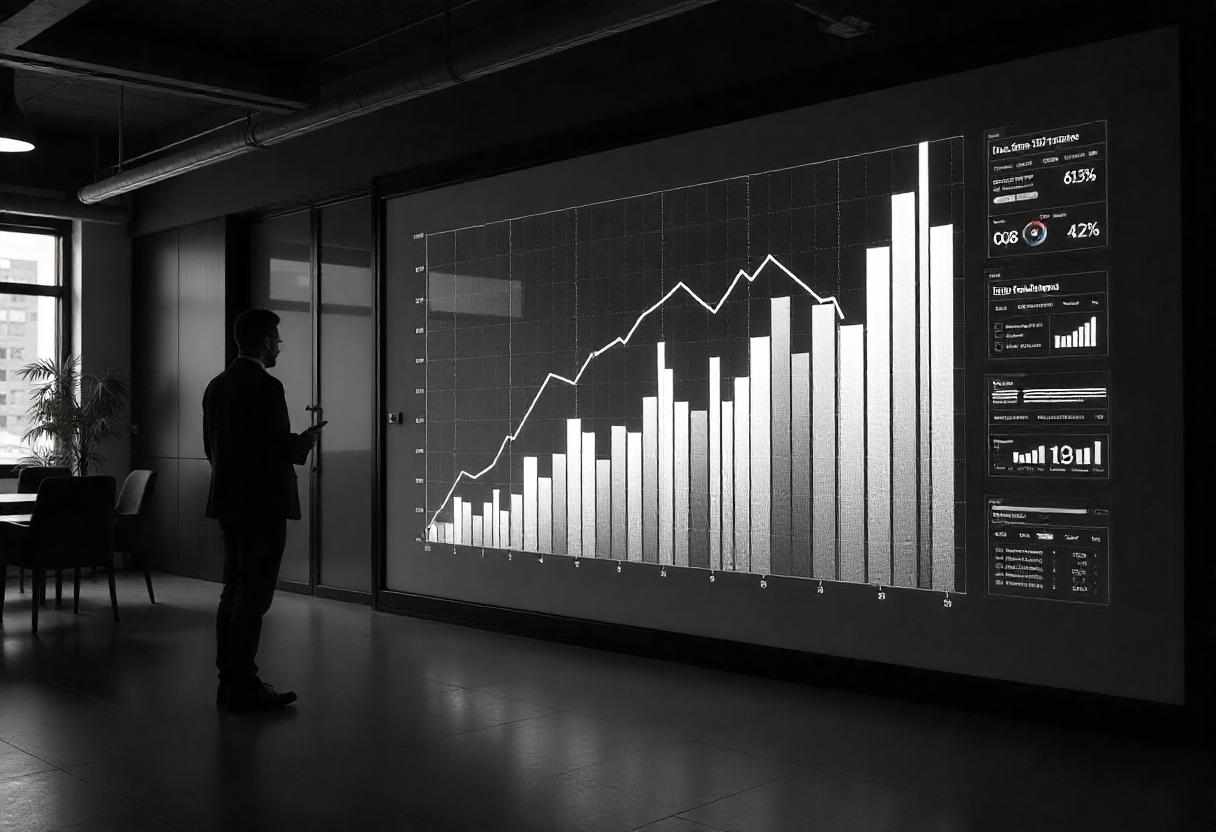
PA6I 6T Market Overview
The PA6I 6T market is currently valued at approximately $X billion globally, with a steady compound annual growth rate (CAGR) expected to reach X% over the next 5 to 10 years. This growth is primarily fueled by increasing demand from end-use industries such as automotive, electronics, and construction, where PA6I 6T's superior thermal stability, mechanical strength, and chemical resistance are highly prized. Advancements in polymer processing technology, along with growing environmental regulations encouraging the use of more durable and recyclable materials, have further propelled the market’s expansion. Additionally, rising investments in research and development have led to improved formulations that enhance the performance and versatility of PA6I 6T polymers, making them suitable for increasingly complex applications. Global economic recovery and infrastructure development in emerging economies also contribute significantly to the robust market trajectory. Trends such as lightweighting in automotive components and miniaturization in electronics continue to drive demand for high-performance polymers like PA6I 6T.
PA6I 6T Market Segmentation
1. By Application
This segment encompasses various industries utilizing PA6I 6T materials. Major subsegments include automotive, electrical & electronics, industrial machinery, and consumer goods. The automotive sector drives significant consumption due to the polymer’s high strength-to-weight ratio, which supports fuel efficiency and emission reduction goals. Electrical & electronics leverage PA6I 6T for components like connectors and insulating materials owing to its excellent dielectric properties. Industrial machinery applications benefit from the polymer’s thermal and chemical resistance, ensuring durability under harsh conditions. Consumer goods such as sports equipment and household appliances utilize PA6I 6T for its versatility and performance. This segment’s diversity contributes strongly to overall market expansion.
2. By Grade
PA6I 6T grades are broadly categorized into standard, reinforced, and specialty grades. Standard grades cover general-purpose uses with balanced mechanical and thermal properties. Reinforced grades incorporate fillers like glass fibers to enhance stiffness, impact resistance, and dimensional stability, crucial for automotive and industrial parts. Specialty grades include flame-retardant, high-temperature resistant, and UV-stabilized variants designed for niche applications requiring compliance with strict safety and durability standards. Each grade addresses specific application needs, thereby broadening the market reach and stimulating growth across different sectors.
3. By Region
The PA6I 6T market is segmented into North America, Europe, Asia-Pacific, and Rest of the World. Asia-Pacific leads the market owing to rapid industrialization, expanding automotive and electronics industries, and rising infrastructure projects in countries like China, India, and Japan. Europe benefits from stringent environmental regulations that encourage the adoption of high-performance polymers in green technologies. North America exhibits steady demand driven by innovation in automotive lightweighting and aerospace applications. The Rest of the World segment, including Latin America and Middle East & Africa, shows emerging potential due to infrastructural development and increasing polymer adoption in manufacturing.
4. By End-Use Industry
Key end-use industries consuming PA6I 6T include automotive, electrical & electronics, industrial manufacturing, and consumer products. The automotive industry remains the largest consumer due to stringent fuel economy and emissions regulations demanding lighter and more durable materials. Electrical & electronics capitalize on PA6I 6T’s insulating and thermal properties for connectors, housings, and circuit components. Industrial manufacturing utilizes the polymer for machinery parts exposed to high heat and chemicals, ensuring longevity and performance. Consumer products such as sports gear, power tools, and household appliances benefit from the polymer’s strength and durability, supporting steady market demand and diversification.
Emerging Technologies and Product Innovations in the PA6I 6T Market
Recent advancements in polymer chemistry and processing technologies are revolutionizing the PA6I 6T market. Innovations such as enhanced copolymerization techniques allow manufacturers to tailor molecular structures for improved heat resistance, mechanical strength, and chemical stability. These improvements expand PA6I 6T’s applicability into more demanding environments, including aerospace and high-performance electronics. Nanotechnology integration has introduced PA6I 6T composites reinforced with nanoparticles like carbon nanotubes and graphene, significantly boosting material properties without compromising weight. Additionally, 3D printing technologies are increasingly compatible with PA6I 6T formulations, opening pathways for rapid prototyping and customized component manufacturing.
Collaborative ventures between chemical companies, research institutions, and end-users foster innovation by combining expertise in materials science and application engineering. Joint development programs aim to create bio-based PA6I 6T variants to address sustainability concerns while maintaining performance. Industry partnerships also focus on improving recyclability and lifecycle management of PA6I 6T products, aligning with global circular economy initiatives. These technological strides and collaborative efforts collectively shape the future landscape of the PA6I 6T market by enhancing product offerings and enabling new use cases.
PA6I 6T Market Key Players
Company A: A leading global polymer manufacturer specializing in PA6I 6T production with a broad product portfolio tailored for automotive and electronics industries. Company A invests heavily in R&D to develop specialty grades and sustainable solutions.
Company B: Known for its advanced polymer processing technologies, Company B provides reinforced PA6I 6T composites with enhanced mechanical properties for industrial applications. Its strategic partnerships with automotive OEMs strengthen market presence.
Company C: This company focuses on innovation in bio-based and flame-retardant PA6I 6T grades, targeting niche markets requiring compliance with stringent safety and environmental standards.
Company D: A regional market leader in Asia-Pacific, Company D supports rapid growth by offering cost-effective PA6I 6T products suited to mass production in electronics and consumer goods.
Company E: With a strong foothold in specialty polymers, Company E develops PA6I 6T solutions for aerospace and high-performance automotive segments, emphasizing lightweight and high-strength materials.
PA6I 6T Market Challenges and Solutions
The PA6I 6T market faces several challenges that could impede growth if unaddressed. Supply chain disruptions caused by raw material shortages and geopolitical factors can delay production and increase costs. Pricing pressures from alternative polymers and regional competitors challenge profit margins. Additionally, regulatory barriers related to environmental compliance and hazardous substances restrict market entry for certain product variants.
Potential solutions include diversifying supply sources and investing in local raw material production to mitigate supply chain risks. Implementing advanced process optimization can reduce production costs and improve efficiency, countering pricing pressures. Proactive engagement with regulatory bodies and adherence to international standards help companies navigate compliance challenges smoothly. Furthermore, investing in green chemistry and sustainable manufacturing processes positions market players favorably in an increasingly eco-conscious environment.
PA6I 6T Market Future Outlook
The PA6I 6T market is projected to continue its upward trajectory driven by technological advancements, expanding end-use applications, and increasing demand for high-performance materials. Lightweighting trends in automotive and aerospace will remain pivotal growth factors, as manufacturers seek to reduce emissions and enhance fuel efficiency. The ongoing development of bio-based and recyclable PA6I 6T variants will address sustainability imperatives, boosting adoption in environmentally sensitive markets.
Emerging economies will play a crucial role in expanding the market footprint, supported by infrastructure growth and industrialization. Furthermore, the integration of smart manufacturing and Industry 4.0 technologies will enhance production capabilities and product customization. While challenges like supply chain disruptions and regulatory pressures persist, strategic initiatives by key players and innovation in product development are expected to sustain robust growth through 2030 and beyond.
Frequently Asked Questions (FAQs)
1. What is PA6I 6T and what are its primary applications?
PA6I 6T is a high-performance engineering polymer known for its excellent thermal stability, mechanical strength, and chemical resistance. It is widely used in automotive parts, electrical and electronic components, industrial machinery, and consumer goods.
2. How is the PA6I 6T market expected to grow in the next decade?
The market is expected to grow at a compound annual growth rate (CAGR) of approximately X%, driven by increasing demand from automotive, electronics, and industrial sectors, as well as ongoing technological advancements.
3. What are the main challenges facing the PA6I 6T market?
Key challenges include supply chain disruptions, pricing competition from alternative polymers, and regulatory barriers related to environmental and safety standards.
4. Which regions dominate the PA6I 6T market?
Asia-Pacific leads the market due to rapid industrialization and expanding end-use industries, followed by North America and Europe, where innovation and regulatory factors influence demand.
5. How are companies innovating within the PA6I 6T market?
Companies are investing in developing reinforced and specialty grades, bio-based variants, and incorporating nanotechnology to improve material properties, along with collaborating in research and sustainability initiatives.










Write a comment ...